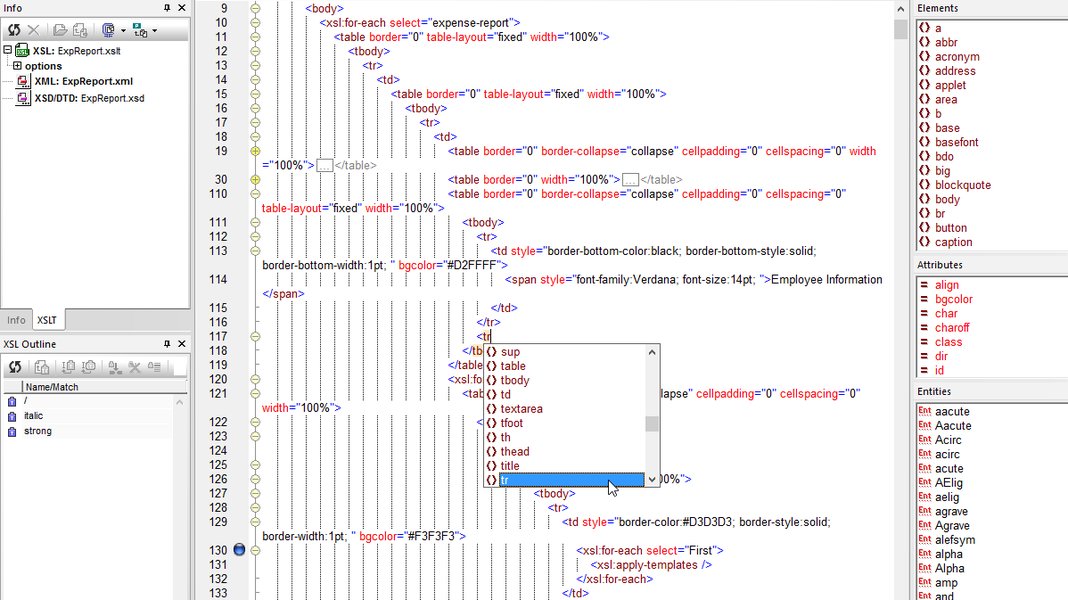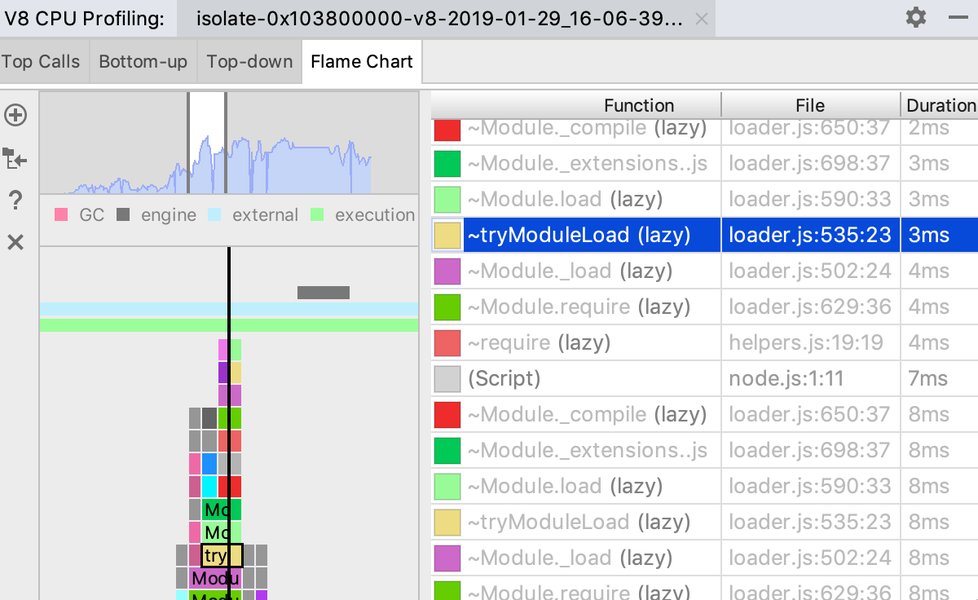
Node.js XSLT Speed Showdown: Libxslt vs. SaxonJS-HE – Which Reigns Supreme?
Unpacking the performance nuances between these two popular XSLT processors in the Node.js ecosystem.
When it comes to XSLT processing in Node.js, developers often weigh options like the C-based libxslt and the JavaScript-native SaxonJS-HE. Understanding their speed differences is crucial for optimizing applications. While definitive, direct, universally applicable benchmarks are scarce, we can draw significant insights from their architecture, feature sets, and available performance data.
Key Highlights: Libxslt vs. SaxonJS-HE Performance
- Core Technology & XSLT Version: Libxslt, a C library typically used via Node.js bindings, processes XSLT 1.0 and is known for raw speed in this domain. SaxonJS-HE is a JavaScript library supporting the modern XSLT 3.0 and XPath 3.1 standards, offering richer features.
- Performance Generalizations: For simple XSLT 1.0 transformations, libxslt is often faster due to its native C implementation, though Node.js binding overhead can be a factor. SaxonJS-HE generally excels with complex transformations, larger documents, and scenarios requiring XSLT 3.0 features, despite JavaScript's interpreted nature potentially being slower than compiled C for raw operations.
- Context is King: The "faster" processor heavily depends on the specific use case, including stylesheet complexity, XML document size, the necessity of XSLT 3.0 features, and the Node.js environment itself. Direct, comprehensive head-to-head benchmarks for all scenarios in Node.js are not widely published.
Introducing the Contenders
Before diving into performance, let's briefly meet the two XSLT processors:
Libxslt: The C-Powered Veteran
Libxslt is a well-established, open-source C library developed as part of the GNOME project, primarily for applying XSLT 1.0 stylesheets to XML documents. In Node.js, it's typically accessed through native bindings (e.g., node-libxslt or similar npm packages). Its strengths lie in its maturity, stability, and often, its raw processing speed for XSLT 1.0 tasks due to its compiled C nature.
SaxonJS-HE: The Modern JavaScript Challenger
SaxonJS-HE, developed by Saxonica, is a JavaScript implementation of an XSLT 3.0 processor. It conforms to XSLT 3.0 and XPath 3.1 specifications and can run in both web browsers and Node.js environments. SaxonJS-HE brings many advanced features of the Saxon family of processors to the JavaScript world, including support for higher-order functions, maps, arrays, and some streaming capabilities. "HE" stands for Home Edition, which is free to use.
Architectural Differences and Their Performance Implications
The fundamental differences in architecture and supported standards between libxslt and SaxonJS-HE are primary drivers of their performance characteristics.
Implementation Language: C vs. JavaScript
Libxslt's Native Speed
Libxslt's core is written in C, a compiled language known for its performance and efficiency. When transformations are executed, it's native machine code running, which typically results in very fast execution for tasks within its XSLT 1.0 scope. However, when used in Node.js, an interface layer (the binding) is required to bridge the JavaScript environment of Node.js and the C library. This binding can introduce some overhead, potentially offsetting some of the native speed advantage, especially for very small or numerous transformations where the overhead-to-processing ratio is high.
SaxonJS-HE's JavaScript Engine Reliance
SaxonJS-HE is written in JavaScript (with some parts potentially in XSLT compiled to JavaScript). It runs directly within the Node.js V8 JavaScript engine. While modern JavaScript engines like V8 are highly optimized, JavaScript is an interpreted (or JIT-compiled) language, and its raw execution speed for computationally intensive tasks can be lower than that of optimized, compiled C code. However, SaxonJS-HE benefits from being "native" to the JavaScript ecosystem, avoiding binding overhead and allowing for potentially tighter integration with other JavaScript libraries and asynchronous operations common in Node.js.
XSLT Standard Support: XSLT 1.0 vs. XSLT 3.0
This is perhaps the most significant functional difference and has profound performance implications because it means the processors are often not used for directly comparable tasks.
Libxslt: XSLT 1.0 Limitations
Libxslt adheres to the XSLT 1.0 standard. While sufficient for many XML transformation tasks, XSLT 1.0 lacks many features found in later versions, such as complex data types (sequences, maps, arrays), user-defined functions, regular expressions in XPath (XPath 1.0 is more limited), and advanced control structures. Transformations that are complex or require modern features might be convoluted or impossible to implement efficiently (or at all) in XSLT 1.0.
SaxonJS-HE: The Power of XSLT 3.0
SaxonJS-HE implements XSLT 3.0 and XPath 3.1, which are significantly more powerful and expressive. Features include:
- Support for JSON and maps/arrays.
- Higher-order functions, allowing functions to be passed as arguments or returned as results.
- Streaming capabilities for processing large documents without loading them entirely into memory (though full streaming might be more limited in SaxonJS-HE compared to Saxon-EE).
- Enhanced error handling and dynamic evaluation.

An example of an XSLT development environment, often used for creating and debugging complex XSLT 3.0 stylesheets.
Insights from Benchmarks and Performance Discussions
While direct, comprehensive, side-by-side benchmarks of libxslt (in Node.js) versus SaxonJS-HE are not abundant in publicly available literature, we can glean insights from related comparisons and discussions:
Saxon Engine Optimizations
Comparisons involving other Saxon editions (like Saxon/C, which is a C/C++ port of the Saxon engine) against libxslt have shown Saxon's optimized engine can be very competitive. For instance, some tests indicated Saxon/C outperforming libxslt by a significant margin (e.g., around 40% faster on specific C/C++ test cases). This suggests that the core Saxon architecture, parts of which influence SaxonJS, is highly optimized for XSLT processing.
XSLTMark and General Processor Comparisons
Broader XSLT processor benchmarks like XSLTMark have evaluated various engines, including libxslt and Java-based Saxon editions. These tests typically show:
- Libxslt: Performs well in basic XSLT 1.0 tests, especially those involving simple transformations or specific XPath traversals where its C implementation shines.
- Saxon (Java editions): Tend to excel in more demanding scenarios, such as transformations on very large documents or those involving complex XPath expressions and logic. Saxon's Java versions were often reported to be significantly faster than libxslt in these complex cases.
Node.js Specific Considerations
Saxonica positions SaxonJS-HE as a "high-performance" XSLT 3.0 processor for Node.js. User discussions and some performance profiling indicate that while SaxonJS-HE's JavaScript nature might mean it's not as fast as native C for very simple, raw operations, its overall design and feature set can lead to efficient solutions for complex XSLT 3.0 tasks within the Node.js environment. Conversely, using libxslt in Node.js involves a binding layer. Some reports suggest that such bindings (e.g., Perl bindings for libxslt) can introduce slowdowns compared to using the command-line xsltproc tool directly, indicating that the interface between Node.js and the C library isn't free of overhead.

Visualizing performance metrics, such as with a flame graph for V8, is crucial for optimizing Node.js applications, including those involving XSLT processing.
Comparative Overview: Libxslt vs. SaxonJS-HE
The following table summarizes key differences relevant to performance and usability in a Node.js context:
| Feature/Aspect | Libxslt (in Node.js) | SaxonJS-HE (in Node.js) |
|---|---|---|
| Core Implementation | C library (accessed via Node.js native bindings) | JavaScript library (runs directly in V8 engine) |
| XSLT Version Support | XSLT 1.0, XPath 1.0 | XSLT 3.0, XPath 3.1 |
| Typical Use Cases | Simpler, legacy XSLT 1.0 transformations; speed-critical basic tasks | Complex, modern transformations; requires XSLT 3.0 features; JSON/XML interplay |
| Raw Speed (for equivalent simple XSLT 1.0) | Generally very fast (native C), but binding overhead can impact | Typically slower than native C due to JavaScript interpretation/JIT |
| Handling Large/Complex Documents | Can be less efficient than XSLT 3.0 processors for very complex logic or large data | Optimized for complex scenarios; XSLT 3.0 features aid efficient processing |
| Advanced XSLT Features | Limited to XSLT 1.0 (no HOFs, maps, advanced types, etc.) | Rich feature set (streaming patterns, higher-order functions, maps, arrays, try/catch) |
| Node.js Integration | Requires native bindings (e.g., npm install node-libxslt which might involve C compilation) |
Native JavaScript module (e.g., npm install saxon-js) |
| Browser Compatibility | No (primarily server-side) | Yes (designed for both Node.js and browser environments) |
| Development & Debugging | Relies on XSLT 1.0 tools; debugging across JS/C boundary can be harder | Can leverage JavaScript debugging tools; XSLT 3.0 offers better error reporting |
Performance Profile Radar Chart
This radar chart offers a visual, subjective comparison of libxslt and SaxonJS-HE across several performance-related dimensions in a Node.js context. These are generalized estimations based on their architectures and common understanding, not precise benchmark results. A higher score indicates better performance or suitability for that aspect.
As the chart illustrates, libxslt scores high on raw speed for simple XSLT 1.0 tasks but lower on feature support and cross-platform capabilities. SaxonJS-HE, while potentially slower for those very basic tasks, excels in XSLT 3.0 features, handling complex transformations and large documents, and offers excellent Node.js setup and cross-platform (browser/Node.js) utility.
Decision Factors Mindmap
Choosing between libxslt and SaxonJS-HE involves weighing several factors. This mindmap visualizes the key decision points to help you navigate the choice for your Node.js application.
This mindmap underscores that the decision isn't just about raw speed but a balance of features, complexity handling, and specific project needs.
Insights into Saxon's Performance Architecture
While not a direct comparison of libxslt and SaxonJS-HE, understanding the design philosophy behind the Saxon engine can provide valuable context. The following video features Michael Kay, the creator of Saxon, discussing parallel processing in Saxon. This offers a glimpse into the advanced optimization strategies employed in the Saxon family of products, aspects of which inform the design and capabilities of SaxonJS-HE, particularly regarding how it handles complex operations and aims for efficiency within its execution environment.
This discussion highlights the advanced engineering that goes into Saxon processors, aiming to leverage modern hardware and software capabilities for efficient XSLT and XQuery processing. Such insights are relevant when considering SaxonJS-HE for demanding tasks in Node.js.
Frequently Asked Questions (FAQ)
Recommended Further Exploration
To delve deeper into this topic, consider exploring these related queries:
- How to benchmark XSLT processor performance in Node.js applications?
- Key feature differences between XSLT 1.0 and XSLT 3.0 relevant for developers?
- Tutorial on using SaxonJS-HE for advanced XML transformations in a Node.js environment.
- Best practices for optimizing libxslt performance when used with Node.js bindings.
References
Last updated May 14, 2025